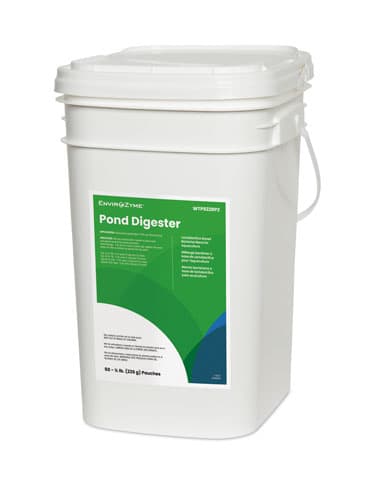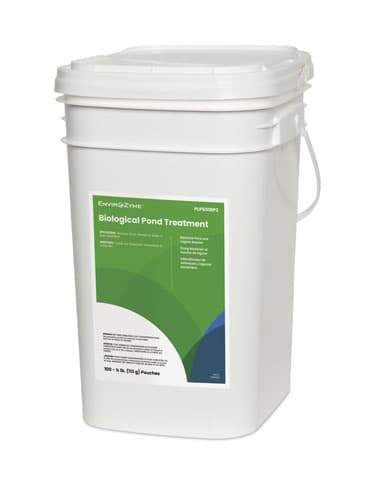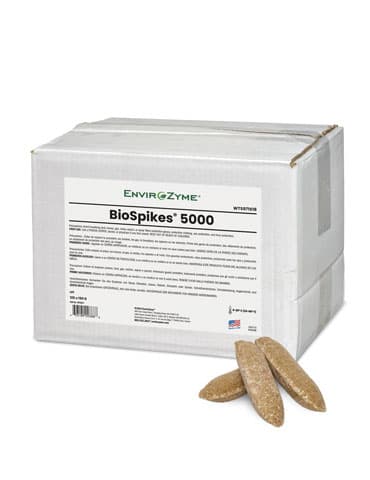
Essential Spring Maintenance for Water Features
Performing regular maintenance of your pond, lagoon, or other body of water prevents future issues and is especially important in the early spring, when water temperatures reach between 40° and 55° F.
If the water is dark and/or there is a thick layer of sludge at the bottom, you should begin by performing a full cleanout according to these steps:
1. Drain pond water by placing a pump at its deepest part. If there are fish in your pond, you’ll want to use a portion of this water to fill a holding pool in a shaded area (please note that fish should not be kept in the holding pool for extended periods of time). Fish can be caught more easily as the water level lowers, but of course before the pond drains completely.
2. Use a hose, pressure washer, or combination of the two to rinse the inside of the pond, taking care not to remove all of the algae, as some is necessary for optimal pond health. Pump out the dirty water as needed and manually remove any debris that does not get pumped out.
3. Clean any filters according to instructions from the manufacturer, including emptying the skimmer.
4. Refill your pond with a hose, and if you have fish, detoxify the water with an appropriate product before reintroducing them gradually. This can be accomplished by filling buckets with water from the holding pond, placing a fish inside the bucket, placing the bucket in the pond, and gradually splashing water into the bucket before releasing the fish.
If your water feature is not dirty enough to necessitate a full cleanout, you’ll still want to remove debris, such as leaves, and some (but not all) algae if growth is excessive. Otherwise, the debris will contribute to elevated nutrients and algae growth as it decays.
After a full or partial cleaning of the body of water, you will want to clean and ensure functionality of any pumps, as well as check for and fix leaks, as the regular addition of water from a hose will increase the water’s nutrient load, thereby increasing algae.
Nutrients can also be diverted from algae by adding plants and beneficial bacteria to the water feature. Both plants and bacteria reduce algae through competitive exclusion, and bacteria should be added on a regular schedule throughout the warmer months. EnviroZyme® has several water-clarifying products that contain bacteria specifically selected for this purpose, as well as for reducing sludge, muck, and odors.
After performing spring maintenance, water features commonly experience an algae bloom. Allow the body of water time to balance itself as plants and bacteria get established. If the problem does not resolve on its own or worsens, our team of experts will be happy to assist you.



